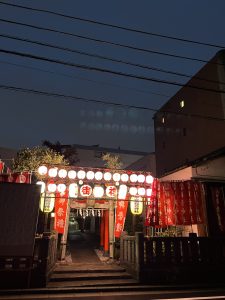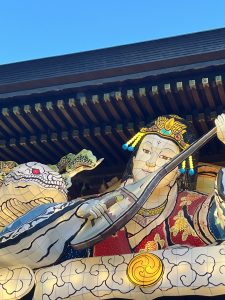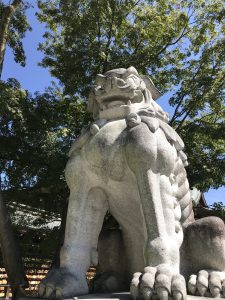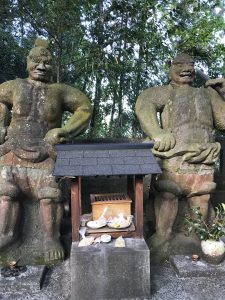Do you ever notice a torii gate while walking down the street?
In fact, it’s said that there are more shrines in Japan than convenience stores. That’s how closely shrines are woven into our everyday lives.
And yet, it feels as though we’ve begun to drift away from these familiar sacred spaces.
The Shrines of Then and Now
In the past, local shrines were the heart of the community. People gathered there for festivals, seasonal events, and everyday prayers.
A shrine was not just a place to make wishes—it was a place of connection and shared belonging.
But after the Meiji period’s state-led institutionalization of Shinto, and especially after WWII, that spiritual core began to fade.
Today, many small neighborhood shrines stand quiet, visited only occasionally, often just at New Year’s or during a festival.
Even the Smallest Shrines Have Their Deities
Still, the gods are there.
For example, the god of one’s birthplace is called a *Ubusunagami*, while the guardian of one’s current residence is the *Ujigami*.
Even tiny, unmarked shrines or small altars in a neighborhood may be home to these protective deities.
They may not be famous or lavish, but they hold deep spiritual meaning rooted in the land and its people.
The Custom of Monthly Visits
I make a point to stop by these local shrines regularly.
There are traditions called *Misoka Mairi* (visiting at the end of the month) and *Tsuitachi Mairi* (visiting on the first day of the month), where one offers thanks and shares intentions with the kami.
Even when there’s no special occasion, just stopping by when you feel moved brings you a little closer to the divine.
When People Visit, the Kami Grows Stronger
In Shinto belief, it’s said that “when more people visit, the power of the kami grows.”
By paying a visit, we breathe life back into the shrine—and the shrine breathes something back into us.
In Closing
So next time you see a torii gate along the road, try stepping through.
You might find a quiet warmth waiting in the still air of a shrine no one else is visiting.

Our local Ujigami shrine, softly glowing through the night during festival days.





